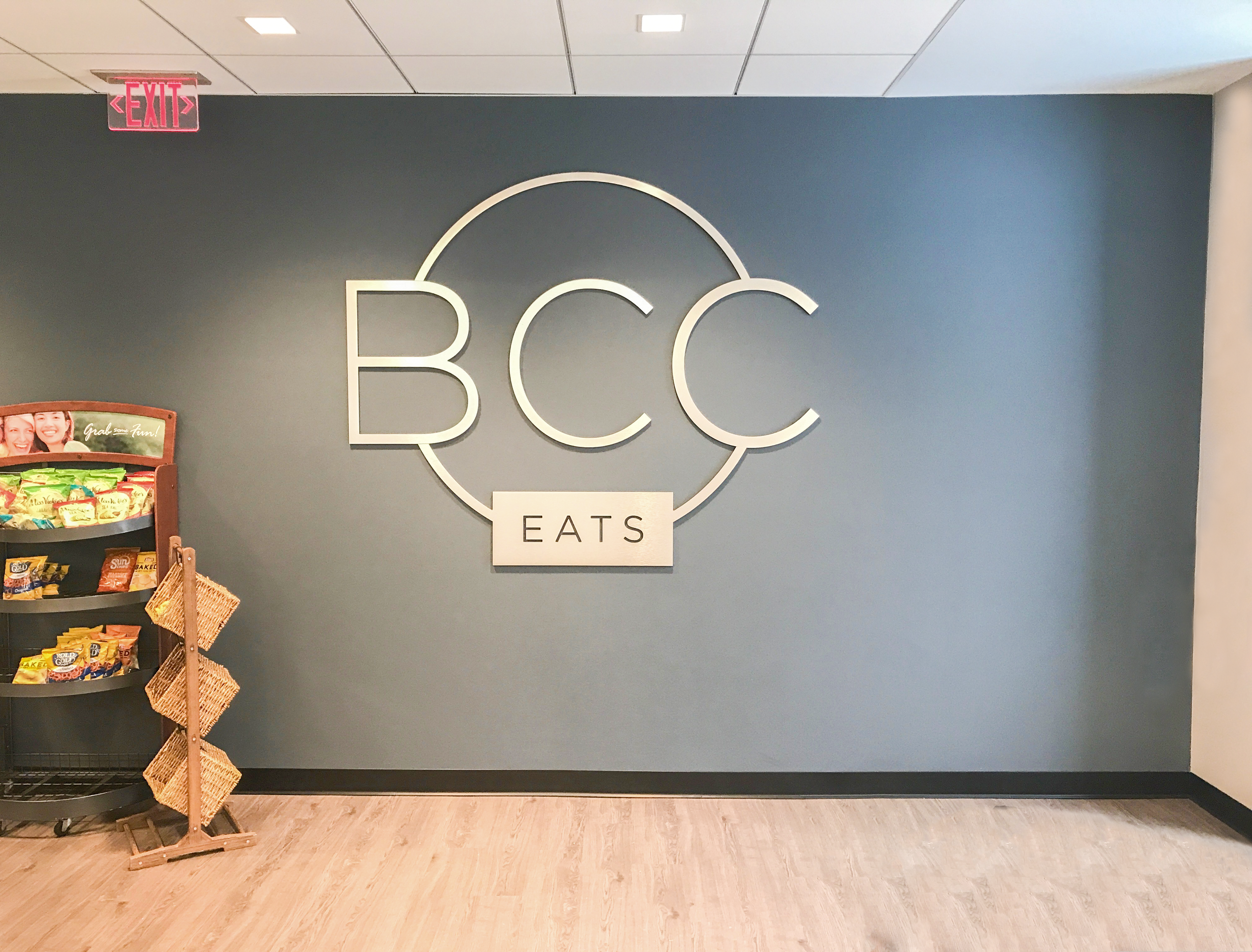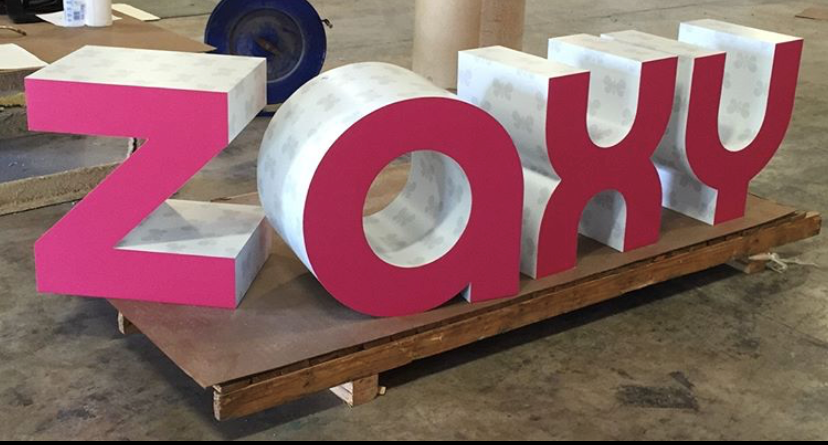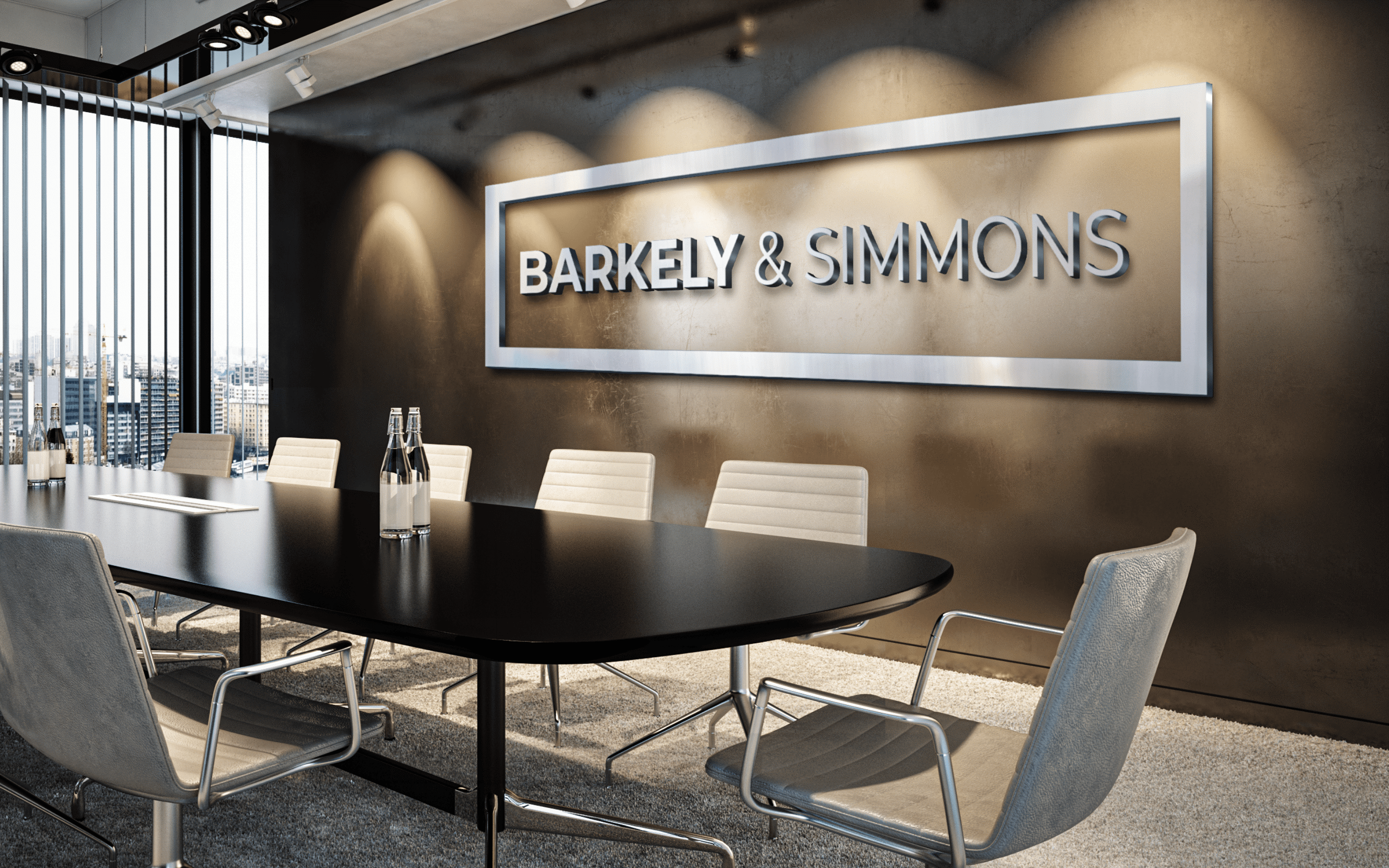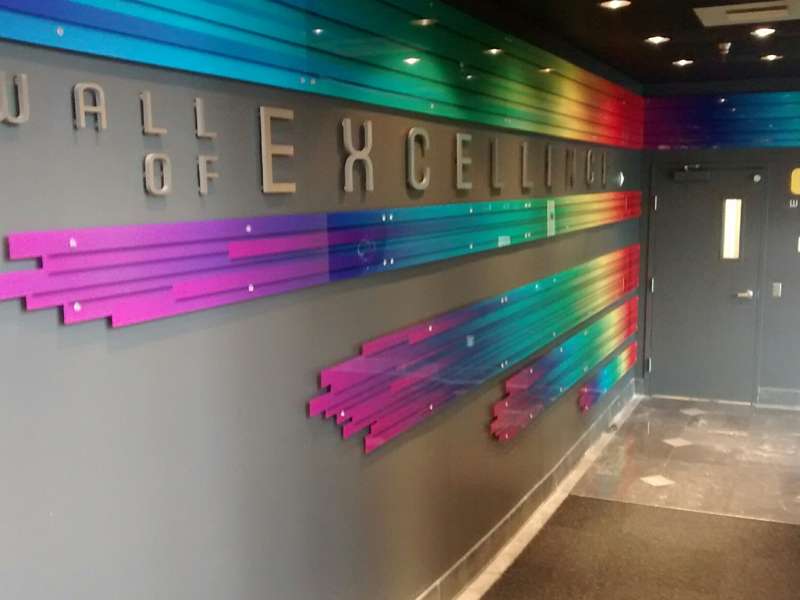Contour Cut Signs

Contour Cut Signage
Create a more exciting look for your business with custom shaped signs, made with SpeedPro’s state-of-the-art printing and cutting equipment. Our large contour cutters allow for an unlimited variety of 2D shapes, cut from both flexible materials and rigid substrates like aluminum, foam core and plastic.
The two primary contour cutting choices are known as “cut through” and “kiss cut.”
- Cut Through: Perhaps the most often-used method, the blade slices all the way through the medium, leaving behind your desired custom-cut shape; Ideal for creating big cut-outs of images and shapes. Movie theater standees are examples of “cut through” contour cutting.
- Kiss Cut: Controls the depth of your requested contour cut, in order to cut a shape on top of a solid background. Sticker sheets are a popular example; The top sheet of sticky material is cut while leaving the liner material beneath it completely intact.
Contour cutting is a great option for many sign types, including exterior and interior wall signage, party props and poster boards, vinyl clings for windows and vehicles, seasonal decorations, and so much more.
How It Works
SpeedPro’s advanced equipment can create a clean, crisp cut to your exact specifications. Our cutting plotter machines use an automated blade to follow a digitally predetermined path around the edge of your printed design, or in some other designated shape. That edge is known as the “contour line,” which is how the term contour cutting was coined.
Note, while traditional large format printing uses data from a single file, contour cutting requires two files: the artwork file and a special cutting file. The art file provides the data for your design, and the cutting file provides the data specific to the contour you want to cut, including the exact dimensions.
Your artwork file includes small black dots in non-printed areas that are evenly spaced. Called registration marks, they guide the cutting plotter’s blade and enable the precise cutting of your chosen material. Various printing companies will have different requirements for the size of these registration marks, but it is generally best to use one-quarter inch as the size guideline for them if you are unsure of a specific requirement.
Once you have added the registration marks into your art file, you need to create the second layer in the art file that will allow you to overlay the outlines in the cutting file. This will help you see how your cutting file aligns with your art file and detect any potential problems or mismatches between the two files.
Next, all text in the design needs to be converted to outlines to ensure there aren’t any missing fonts when the project goes into production. After this step, both files should be saved as high-quality PDFs
The cutting plotter will use the registration marks in the art file as well as the data in the digital cutting file which denotes the actual outline in order to accurately contour-cut your project. Using these two methods together allows for great precision in the cut.
Though there are a few steps, they are relatively simple. If you have any questions, SpeedPro engineers are standing by to offer guidance as needed.


Contour Cutting vs. Die Cutting
It is important not to confuse contour cutting with die-cutting. The die-cut process involves creating custom metal dies, or cutting stamps made of metal, that are used to repeatedly press through the material and create your shaped product. The creation of the metal die itself has a cost all in its own, in extra time and money. This is above and beyond any setup required for contour cutting done with an automated cutter plotter machine using a digital source for your design.
Die cutting might be worth considering for projects involving a very high volume of custom-cut items such as specialty boxing, pocket folders, unique packages and uniquely-shaped cardboard items. However, for projects that require only a handful to a few hundred products, the cost of die cutting may not be worth it. For SpeedPro’s large format digital printing, a die is not required. Our flatbed cutting plotters can cut a wide variety of media for almost any type of project you can imagine and get you the great results you want.
SpeedPro Frisco-Plano
Trying to make an impact with your business in the Plano, Texas region may not always seem easy. However, one of the most effective marketing strategies available is through large format printing.
SpeedPro Frisco/Plano is a Team of highly experienced and creative professionals ready to help you capitalize on the best indoor and outdoor signage to raise brand awareness.
Ramp Up Sales with Large-Format Printing
There are numerous marketing strategies available, but none of them can match what large format printing offers. The return on your investment is unparalleled because it helps to build immediate brand recognition and awareness.
We can help you develop a creative, eye-popping campaign that will turn heads and be remembered. You can choose any or all of the following:
- Trade show displays
- Vehicle wraps
- Corporate branding
- Banners
- And more
The Highest Quality Products
When it comes to large-format printing, we are the leading sign company because we offer the highest quality graphics and products that last. When you want to make an impact on your target market, you deserve the best. You can enjoy:
- Unparalleled quality and attention to every detail.
- Quick delivery, which is great on a tight deadline.
- Responsive communication to keep you in the loop.
Find Out How Affordable This Is
Get a quote or speak to an associate at SpeedPro Frisco/Plano today and discover how affordable it is to differentiate yourself from the competition. We serve Plano, Frisco, McKinney, Denton County, and Collin County.

